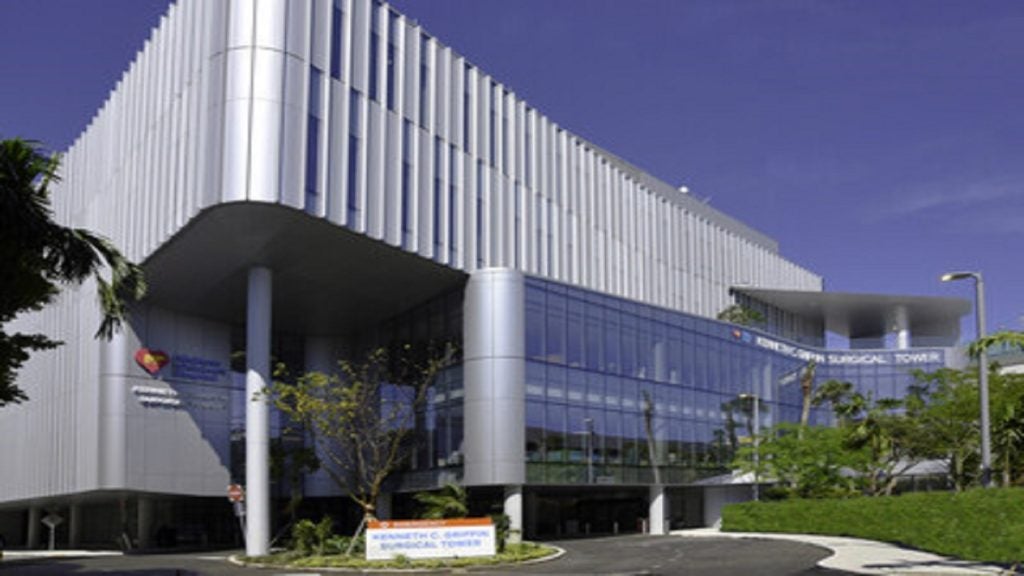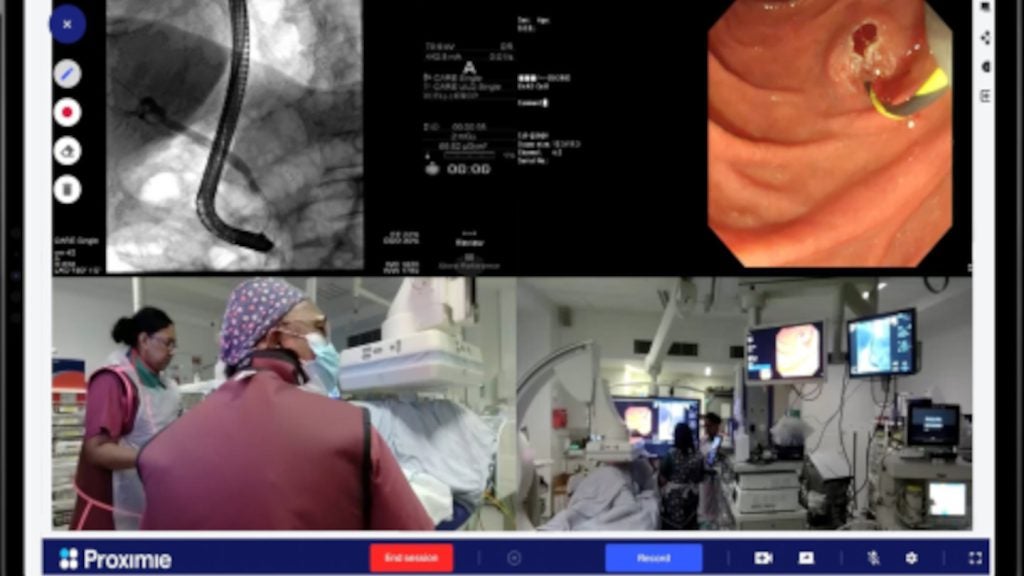UK-based Queen’s Hospital has deployed two Xenex Germ-Zapping Robots, which uses pulsed xenon light technology to destroy the germs and bacteria that can cause healthcare associated infections (HAIs) in operating rooms.
The devices were facilitated by Sodexo Healthcare and the infection control team at Barking, Havering and Redbridge University Hospitals NHS Trust.
Xenex co-founder and chief scientific officer said: "The Trust and Sodexo have made a commitment to patient safety by investing in technology that destroys the pathogens that can cause infections.
"Studies in the US have shown that the more the robots are utilized, the greater the infection rate reduction will be and we are looking forward to seeing similar results here in the UK."
The pulsed xenon light created by the Xenex emits intense germicidal UV light, which rapidly cleanses surfaces such as bedrails, tray tables, bathroom handrails and toilet seats.
The Full Spectrum light penetrates through the cell walls of the microorganisms spectrum, this results to an instant fusing of their DNA hence blocking their further reproduction.
How well do you really know your competitors?
Access the most comprehensive Company Profiles on the market, powered by GlobalData. Save hours of research. Gain competitive edge.

Thank you!
Your download email will arrive shortly
Not ready to buy yet? Download a free sample
We are confident about the unique quality of our Company Profiles. However, we want you to make the most beneficial decision for your business, so we offer a free sample that you can download by submitting the below form
By GlobalDataThe disinfection system is portable and is considered effective against dangerous pathogens, including Clostridium difficile (C.diff), norovirus, influenza, Ebola and methicillin-resistant Staphylococcus aureus.
A trial was conducted at Queen’s Hospital has demonstrated Xenex Germ-Zapping Robot’s ability to clean bacteria when compared to the conventional method of cleaning.
The trial was also intended to determine its ease of use without creating any disruptions for the healthcare workers.







